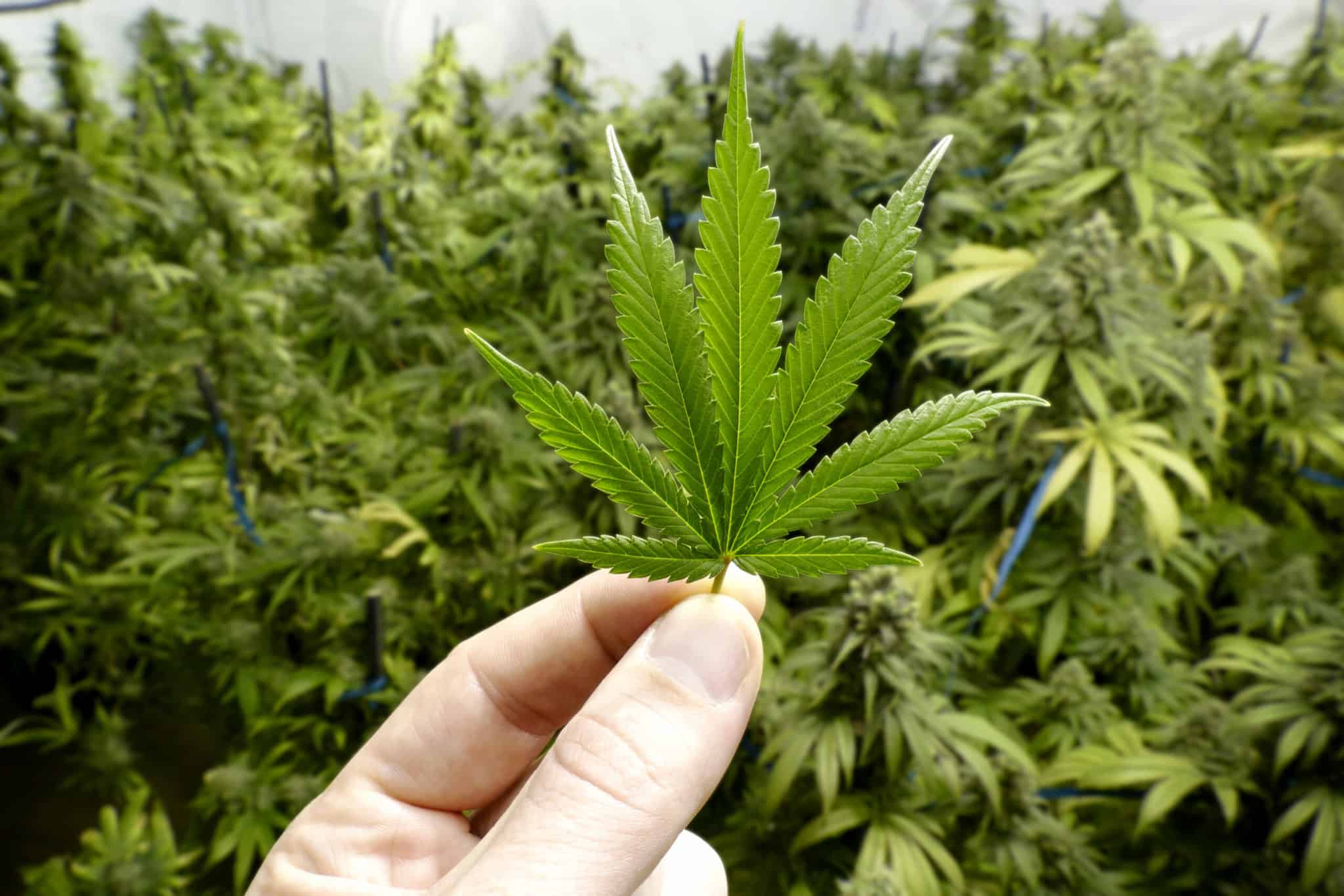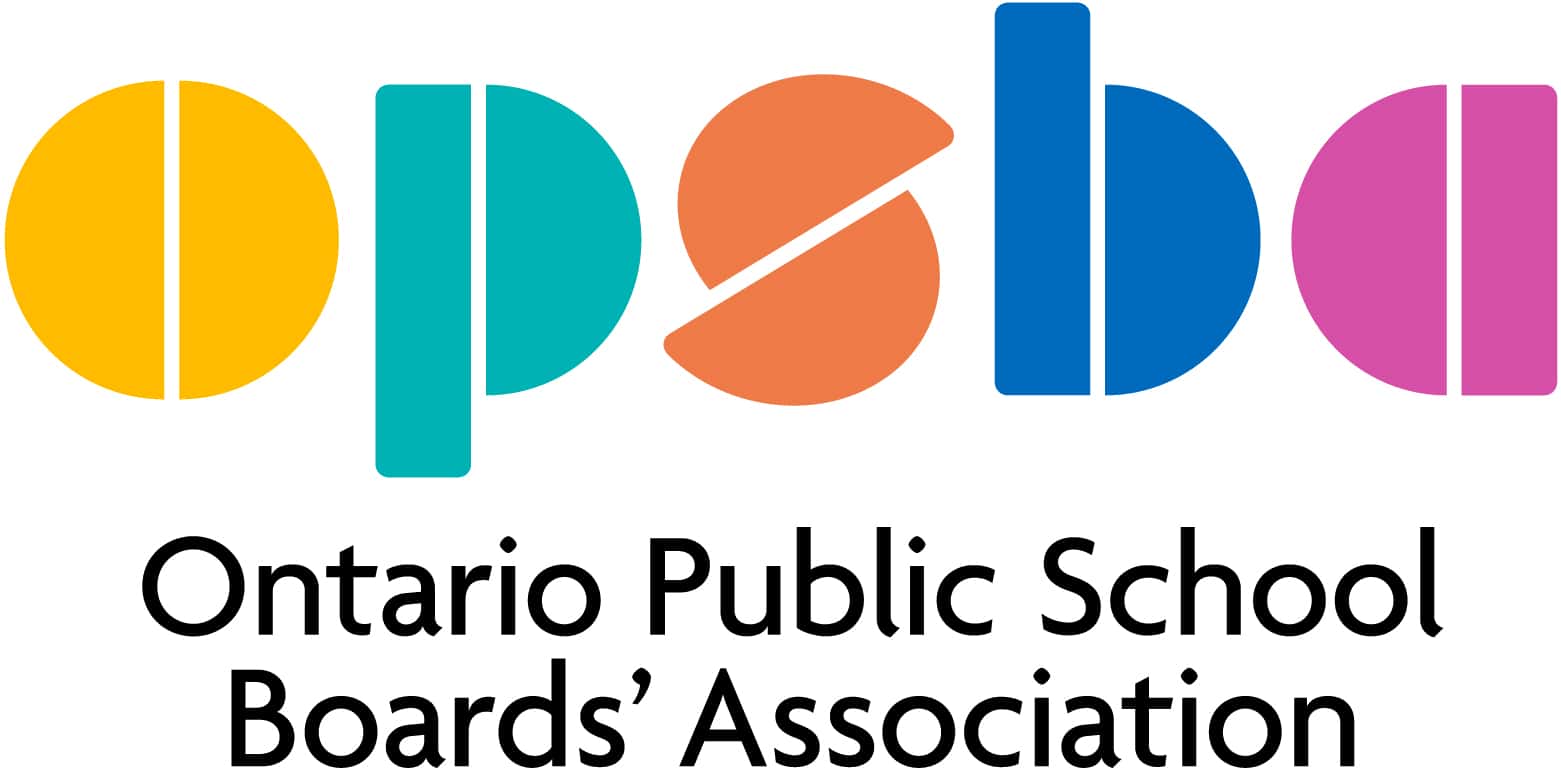
Photo Credit: istock.com/OpenRangeStock
Pot and K-12: Schools and Students Lead a New Conversation on a Once-Taboo Topic
By Jennifer Lewington
In Ontario schools, today’s classroom lesson on marijuana boils down to two incontestable facts: it’s bad for you and it’s illegal. But that classroom conversation is expected to change — and for the better, many believe — when proposed federal government legislation kicks in July 1 to legalize recreational use of marijuana for those 19 and older in Ontario. Under the imminent federal law, marijuana will remain off-limits to most of Ontario’s two million students who are under 19. But education leaders, health experts and student leaders say the pending legislation opens the door to a more candid classroom conversation than was possible when non-medical consumption of cannabis, another name for marijuana, was illicit. “I think its illegal status has hindered the ability to have open conversations,” says clinical psychologist Abby Goldstein, associate professor in the department of Applied Psychology and Human Development at the Ontario Institute for Studies in Education at the University of Toronto. She adds, “The legal status of cannabis has prevented those conversations because it has been felt, well, ‘it is illegal so we don’t need to go into too much of a discussion.’ Now that is shifting.” Assisted by the provincial ministry of education, local police and mental health agencies and students, school boards are updating codes of conduct and safe school policies while expanding arm-reduction strategies that equip students to understand the consequences of marijuana use. “We will be relying on the Ministry of Education to support the curricular changes that need to take place, as well as providing the supports that need to be in place in our schools and our communities to ensure this transition is one that does not have a negative effect on our young people,” says Larry Hope, director of education for Trillium Lakelands District School Board in Lindsay. He and others say the new legal landscape will encourage “capacity building,” from professional development for teachers and staff to student-led campaigns on under-age marijuana consumption. “Right now, we have an awful lot of opinion about this and we are really, really short on facts,” says Hope. His view is shared by Laurie French, president of the Ontario Public School Boards’ Association and chair of the student wellness committee of the Canadian School Boards Association. “There is frankly so much misinformation out there that needs to be addressed,” she says, though she is encouraged by anticipated regulatory, legislative and curriculum updates by Ontario government ministries, including education. “The legalization and regulation of cannabis is going to change what students experience and hear,” she continues, “so the curriculum really needs to be adjusted to reflect what is happening, what has changed and to manage the risks.” Perhaps surprisingly, cannabis use among students in Grades 7-12 has been in long-term decline since 1999 – with only one in five now reporting use of the illegal drug in the past year according to the Centre for Addiction and Mental Health’s 2017 Ontario Student Drug Use Survey. Still, one per cent of students (about 13,100) in grades 7-12 use cannabis daily, according to the survey, while two per cent of those in high school (9,800) report symptoms of cannabis dependence. The survey also found that by Grade 12, 37 per cent reported using marijuana in the past year. Under-age use of cannabis “is certainly something people are concerned about,” says Dr. Robert Mann, a senior scientist with CAMH’s Institute for Mental Health Policy. “One of the things the evidence shows is that if you are going to start using cannabis it is better using it at a later age.” According to CAMH, prolonged marijuana use undermines memory and attention span, irritates the lungs and, for those already at risk of mental health, may accelerate symptoms of schizophrenia. Moreover, researchers have solidified links between marijuana and impaired driving, observes Dr. Mann. “It [cannabis use] increases your chances of being involved in a motor vehicle collision and those are not insubstantial risks,” he says. Some doctors report increased incidents of Cannabinoid Hyperemesis Syndrome, a marijuana side-effect that causes abdominal pain, nausea and vomiting because of chronic cannabis use, according to Dr. Jessica Ross, a family physician in Port Perry, who also works in her local hospital’s emergency room. “We see that [syndrome] all the time, mostly in youth, and people are absolutely not aware of it,” says Ross, who anticipates a spike in cases following liberalization of recreational marijuana. “This is super-important for school boards because we know cannabis use can directly affect academic achievement, school performance and truancy,” she says. Some of her teenage patients tell her they receive marijuana from an unlikely source — their parents. “Education needs to be aimed at students and parents,” recommends Ross. “Parents are not necessarily informed about the health risks.” Meanwhile, new research builds on growing evidence of marijuana’s harmful impact on adolescent brain development. In a study published earlier this year in the Journal of School Health, researchers at the University of Waterloo, and three other universities, found that students who use marijuana at least once a month are at greater risk than their non-smoking peers of skipping class, not completing their homework and underperforming academically. “Schools should really be concerned about that,” says Scott Leatherdale, a professor in the School of Public Health and Health Systems and head of COMPASS, a longitudinal study since 2012 of youth health behaviour in several Canadian jurisdictions, including Ontario. “With the impending [federal] legislation, when all of a sudden it [marijuana] is socially normalized, you are likely to see dramatic increases in kids using.” Despite documented ill-effects, marijuana misconceptions persist among adolescents. Canadian youth erroneously think that cannabis is less harmful than alcohol and that driving while high is less risky than being drunk behind the wheel, according to a focus group study released this year by the Canadian Centre on Substance Abuse. Study participants also showed limited understanding of how and why repeated marijuana use can harm young brains. “Oftentimes, they [students] are reliant on what their peers have to say and what they see in the mainstream media and what they find online,” says Katie Fleming, knowledge broker for the Centre. “A lot of the information they look for is to support their thoughts and beliefs; they are not necessarily coming at it from a critical-thinking standpoint.” As the federal legislation nears reality, she encourages schools to recruit students in creating evidence-based, judgement-free forums. “There is definitely a huge role that school boards can play in the legalization of non-medical use of cannabis and a lot of that has to do with the facilitation of dialogue at an early age.” The Centre’s findings on perceptions about marijuana are echoed by youth leaders. “We are seeing that misinformation,” says Shams Mehdi, a 17-year-old student trustee with the Toronto District School Board (TDSB). “They [students] think that it is completely 100 percent fine for them to use it and they are misinformed regarding the health risks.” Student leaders say they are eager to contribute to a new conversation on marijuana. “There has been a taboo about talking about it [cannabis],” says Dasha Metropolitansky, OSTA-AECO president. While the topic is covered to some degree in the province’s health curriculum, she says, “I don’t think all kids are comfortable discussing it.” Last spring, as one of two elected student trustees in Halton, Metropolitansky approached board administrators with a proposal for a student-led working group of education, police and community health representatives to brainstorm ideas for future school campaigns against substance abuse. “It is absolutely critical that students have a role in this process,” says Metropolitansky, a 17-year-old grade 12 student at White Oaks Secondary School. “It is one thing to get a top-down message from the ministry, board, trustees and principals, but it is completely different to feel that as a student you are being heard and listened to when the people delivering the message are your peers.” Her proposal, backed by senior Halton administrators, led to a multi-sector working group last fall that is expected to recommend possible additional activities to trustees before federal legislation takes effect this summer. “Student voice is essential on this,” says Halton superintendent of education Scott Podrebarac, whose board already works with community partners on drug awareness programs that start in grade 6 and continue through high school. “That is why they [students] are one of our starting points.” As well, his board is reviewing its menu of school-based programs in anticipation of the federal legislation. Given known links between marijuana and depression, officials expect to expand non-drug alternatives for students to cope with anxiety, a documented concern. Like Halton, other boards have adopted student-centred initiatives on substance abuse, be it cannabis, alcohol or tobacco. Two years ago, the Durham District School Board held a youth drug awareness conference for student leaders to devise health promotion campaigns, including on cannabis, in local schools. At one school, students chose to promote a welcoming environment for those who identify as gay, lesbian and transgender. “That [project] had an impact on substance abuse at that school,” says Dan Hogan, violence prevention and substance abuse coordinator for Durham. “If you make people feel welcome and if they want to be there [in school] and it is a rich environment that students crave, you will see substance abuse go down.” Last fall, Durham held another conference for students, supported by the board, community police and health agencies, to deliver additional health promotion activities in schools. Campaigns like these that emphasize fact, not fear, have the potential to delay youth experimentation with marijuana, says former TDSB teacher Ken McNeilly, a sessional lecturer at OISE. “Students at all ages appreciate it when we avoid using scare tactics, and we provide balanced information because they have a nose for sniffing out when we are feeding them a line.” Amid liberalizing legislation, Trillium Lakeland’s Hope says clear, consistent information about marijuana offers the most promising way forward for schools. “It needs to be a collective and shared message, and sooner rather than later is necessary,” he says. “We really need to be on top of this well in advance of July 1.” Jennifer Lewington is an award-winning writer who reports on trends at all levels of education. |
||

